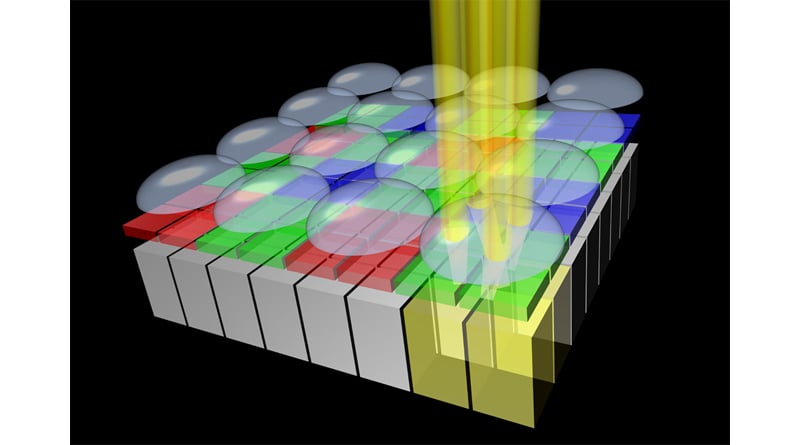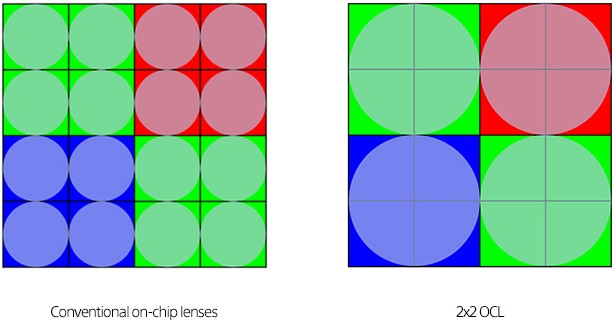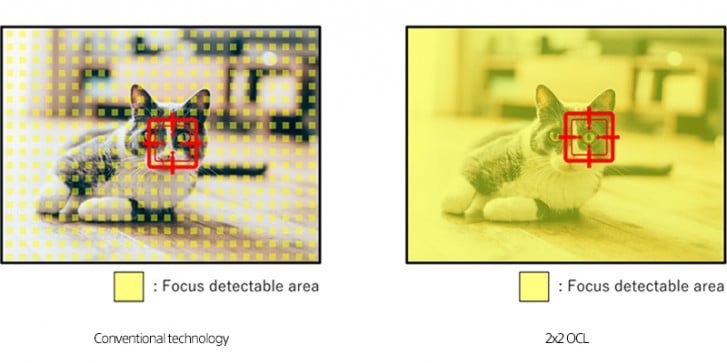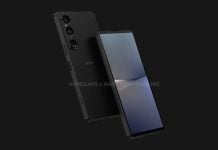
Image sensors, especially ones with small pixels like in smartphones, feature an on-chip micro lens array to help guide all the arriving light to the sensor’s photo diode. Right now, each pixel gets its own lens, but Sony has developed a way for four adjacent pixels to share a lens. Compared to past tech, cameras will be twice as accurate when seeking focus. This system is enabled with the just-revealed Sony 2×2 On-Chip Lens Solution (OCL) for future mobile image sensors.

Sony first revealed their 2×2 OCL mobile camera tech two days ago and was described as follows: “The 2×2 On-Chip Lens (OCL) solution is a new image sensor technology for achieving high-speed focus, high-resolution, high-sensitivity, and high dynamic range.” Where the best Sony Quad Bayer sensors had an on-chip lens for each individual pixel, this new solution uses one on-chip lens for each four adjacent pixel set.
EDITOR’S PICK: Redmi K30 for 1,599 Yuan (~$227) brings 120Hz display, SD765G and six cameras with Sony IMX686

The main advantage of this design setup will be improved autofocus performance, especially in the dark. PDAF (Phase detection autofocus) relies on focus pixels whose output is not part of the final image – which means they have to be spaced out, reducing the coverage. With 2×2 OCL, all pixels can be used as part of the focus detection system. This also solves a related issue where low horizontal detail negatively affects the AF system’s performance.

As for when it’s coming to consumers, don’t expect it too soon. The 2×2 On-Chip Lens Solution (OCL) was only revealed days ago. Sony did not specify where this newly-revealed tech would be released first. It’s not likely we’ll see this in early 2020 – but it wouldn’t be a bad bet to see it in smartphones in the latter half of the year.
UP NEXT: Huawei and Honor online market share exceeds Xiaomi, Vivo, Apple and OPPO in Q3 in China: Counterpoint report
(Source)







